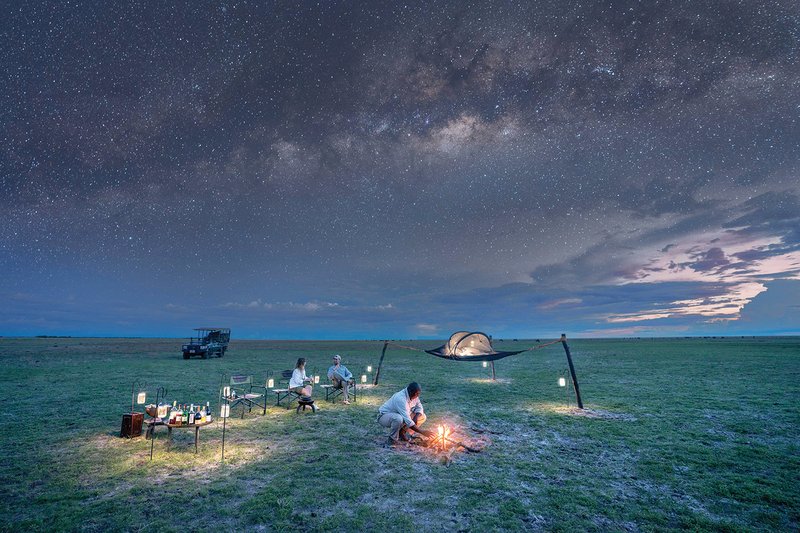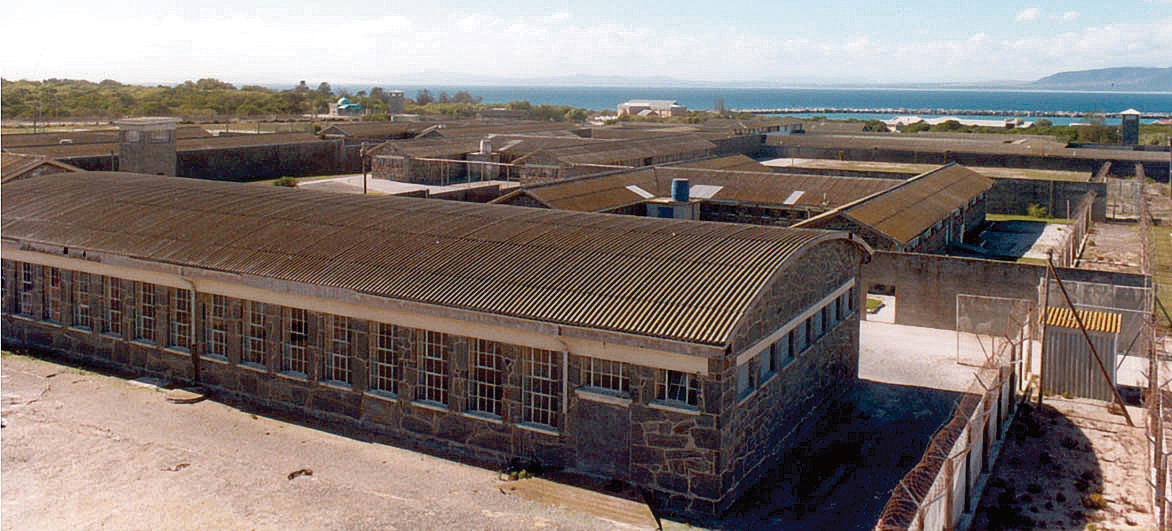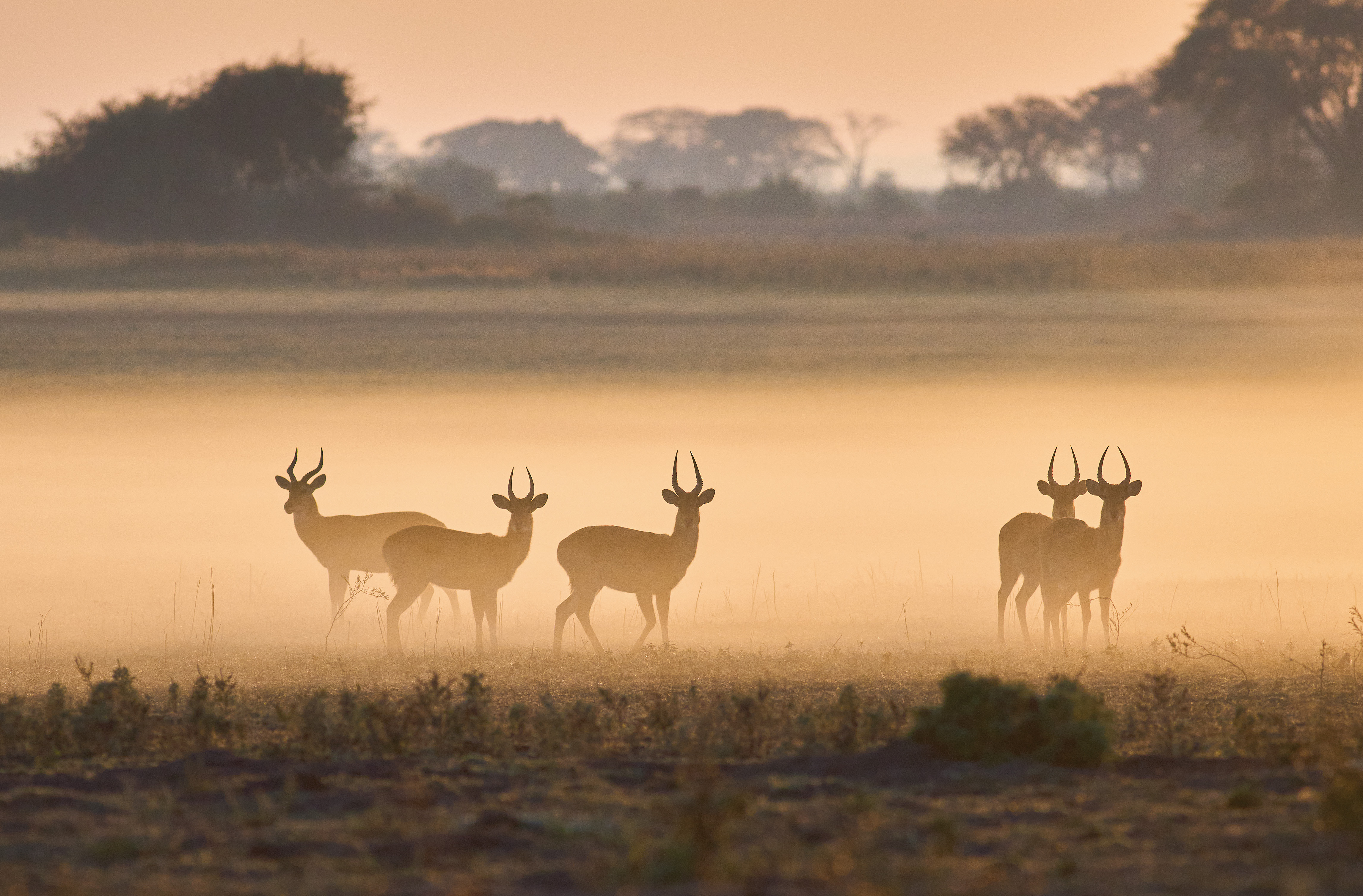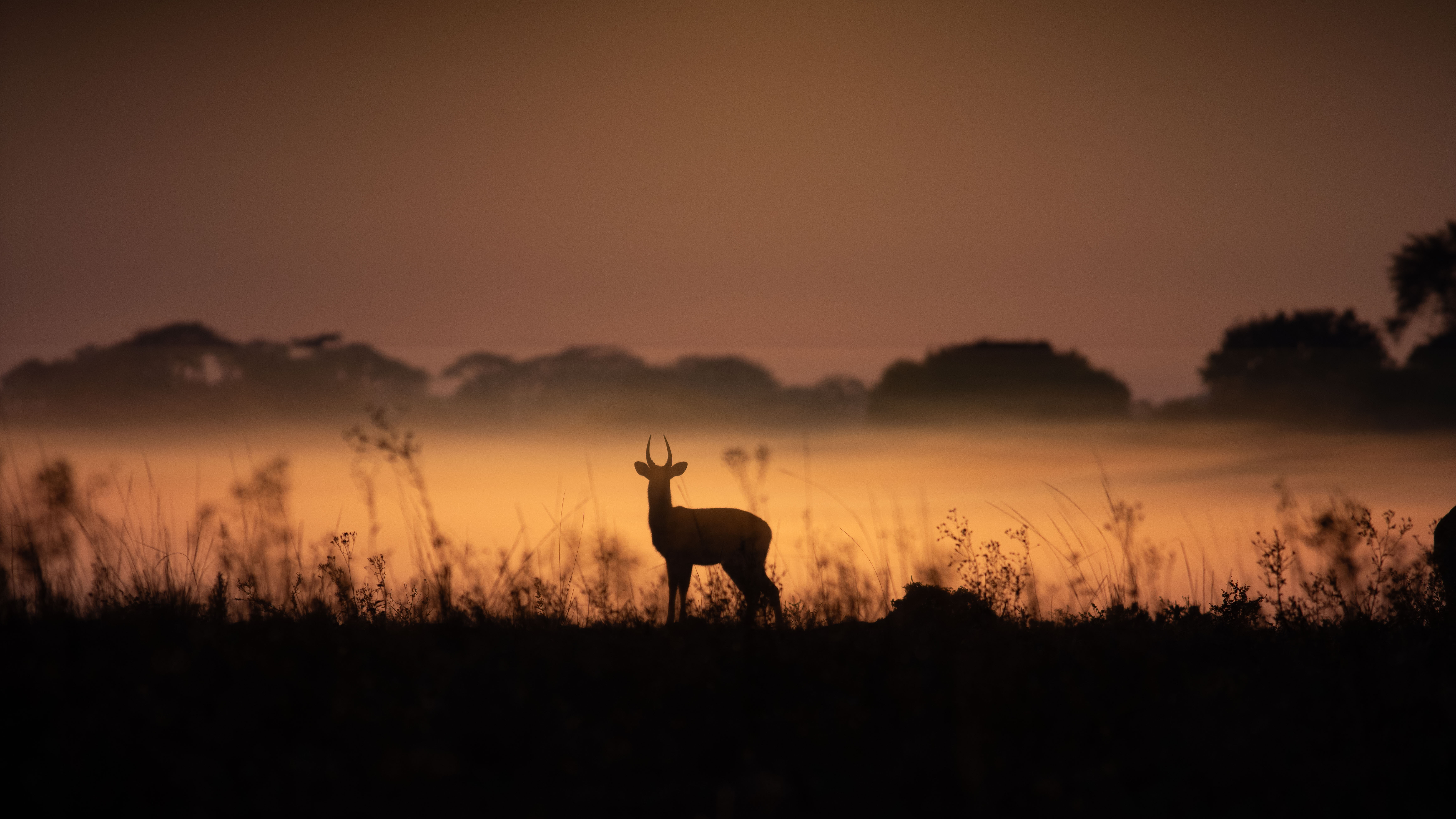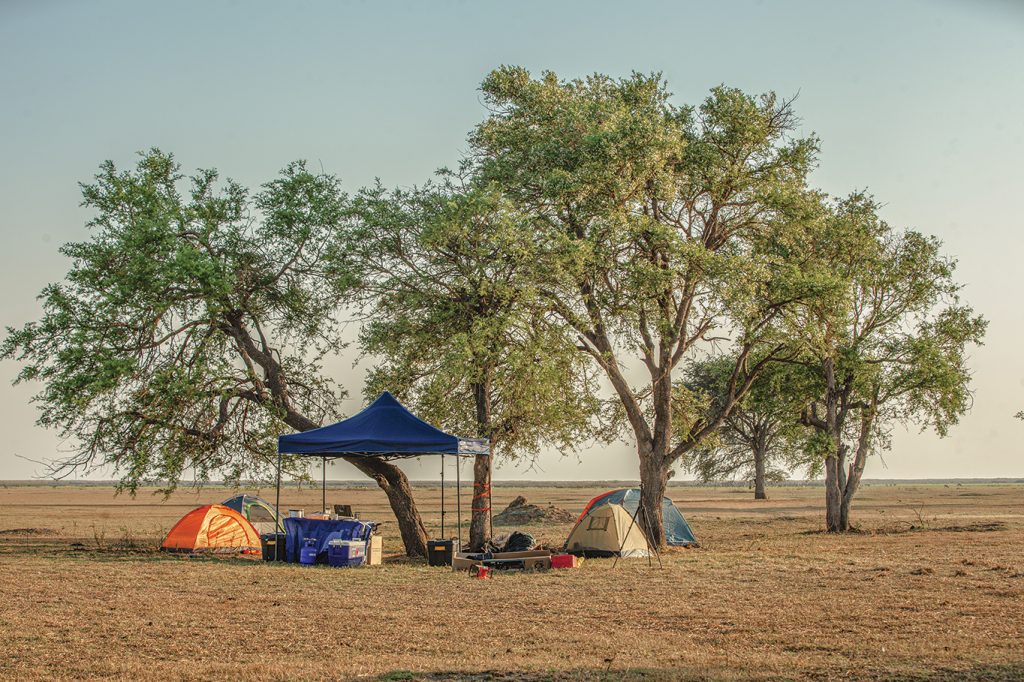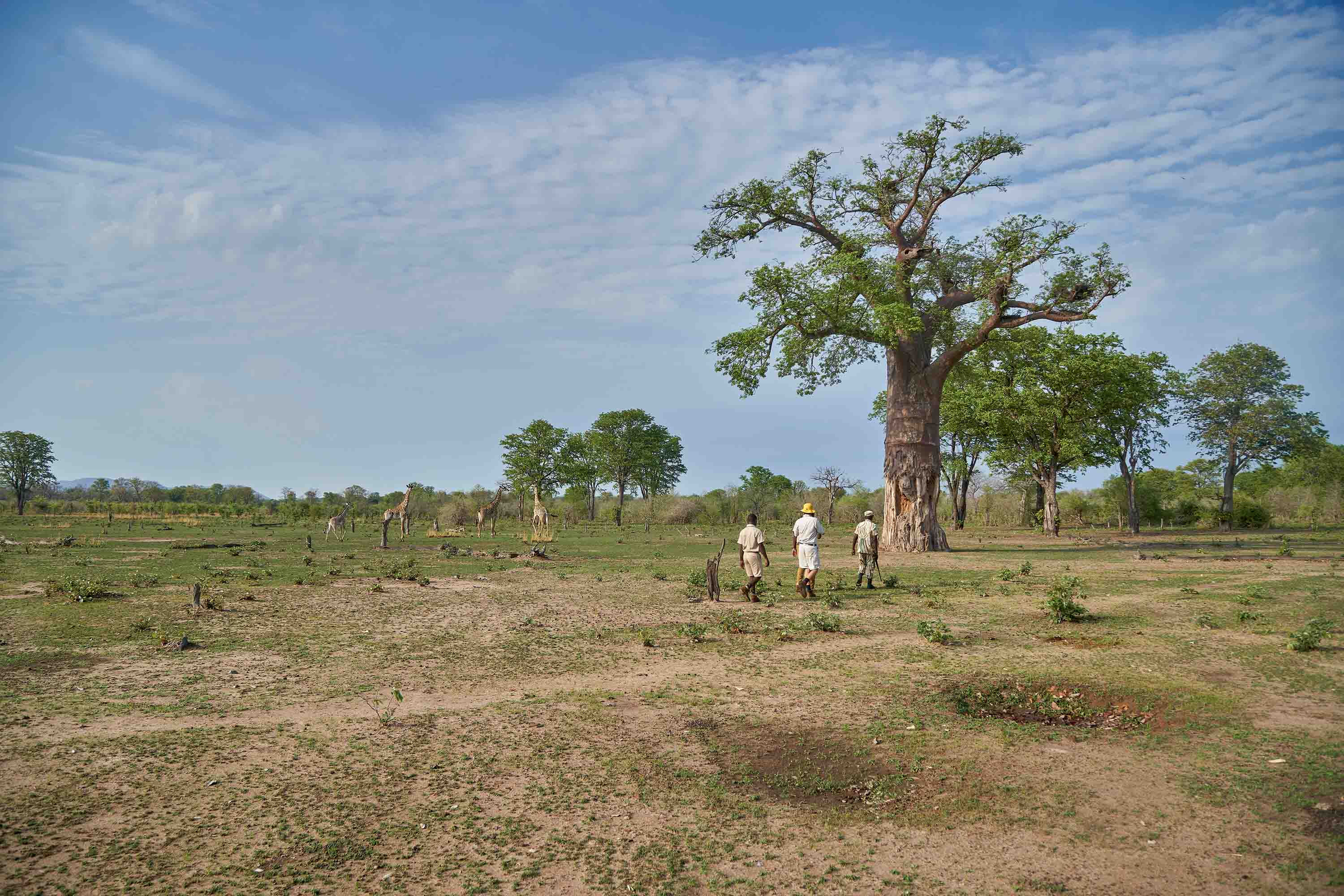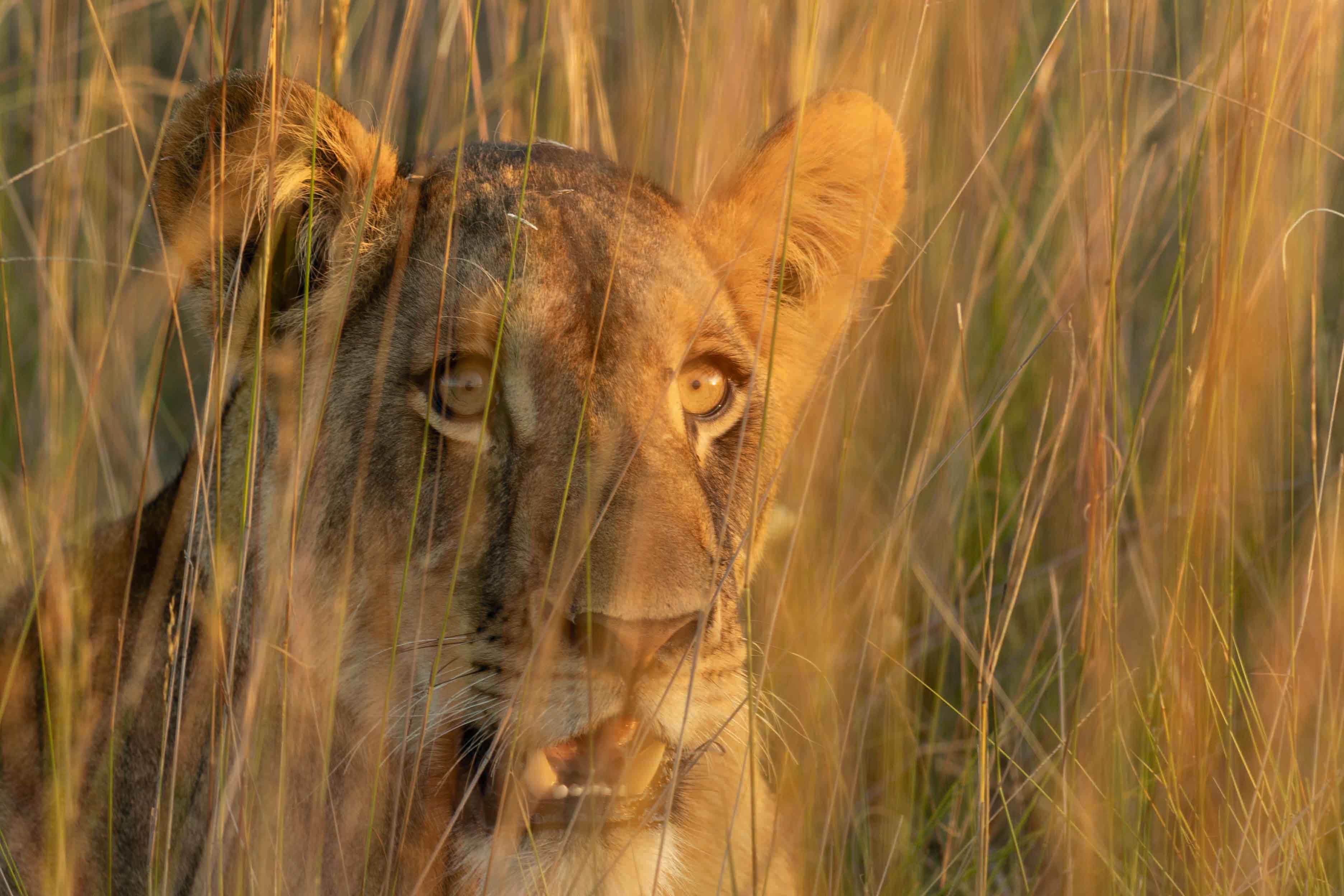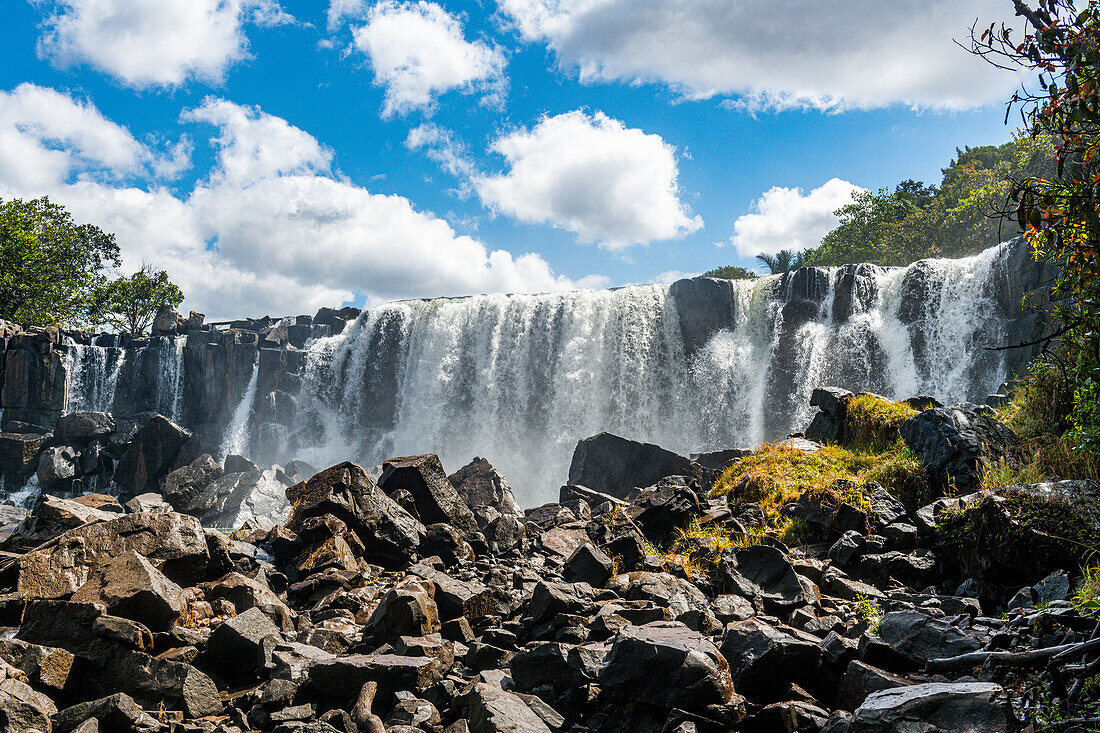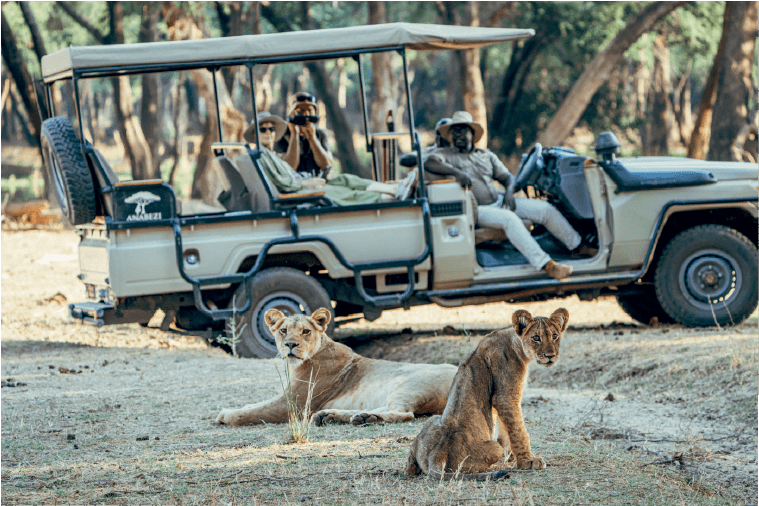Most visitors to Zambia's Western Province rush straight to Kafue National Park and miss the province's greatest treasures. The former Barotseland holds Africa's second-largest wildebeest migration, a 200-year-old royal ceremony that transforms rivers into highways, and waterfalls that nearly claimed the name "Victoria Falls." This is where traditional life still follows the ancient rhythm of flood and drought, and where a canoe might be your only way forward.
Most travellers to Zambia's Western Province tick Kafue National Park off their list and move on, missing some of Africa's sparkling hidden gems that the province plays home to. The kingdom of the Lozi People harbours the continent's second-largest wildebeest migration, a royal ceremony older than most nations, and waterfalls that nearly stole Victoria Falls' famous name. Here, in a land where floods dictate the rhythm of life, every journey becomes an adventure worth repeating.
About the Western Province
The Western Province was formerly the Lozi Kingdom of Barotseland, an incredibly important area for the tribe before colonial rule. Even now, it is home to the Lealui Palace, the summer abode of the Litunga (the King of the Lozi) and the starting point of the Kuomboka ceremony.
Located on the Zambezi floodplain, its scenery is transformed yearly, cycling between a liquid paradise during the rainy season (from December to May) and a lush grassland during the dry season (from June to November). This cyclic change, undertaken by the river and the land beneath it, heavily influences the beliefs of the Lozi, and the river plays a central role in their mythology.
However, the river's tendency to block walkways and roads during full flood also plays a huge part in the province's occasional inaccessibility. Pack accordingly and expect a canoe to be your main mode of transport at certain points—but if you enjoy fishing, birdwatching, and photography, this will only add to the sense of adventure.
What to Experience
Sioma Ngwezi National Park
Two years before encountering Mosi-oa-Tunya, explorer David Livingstone came across Sioma Falls. Legend has it he was so impressed that he considered giving it the name he eventually bestowed upon Victoria Falls. Standing at 12 meters high and stretching a kilometre in width, Ngonye Falls (sometimes called Sioma Falls) has the distinction of being horseshoe-shaped, and the sheer volume of white water cascading down its rocks is second only to the Victoria Falls.
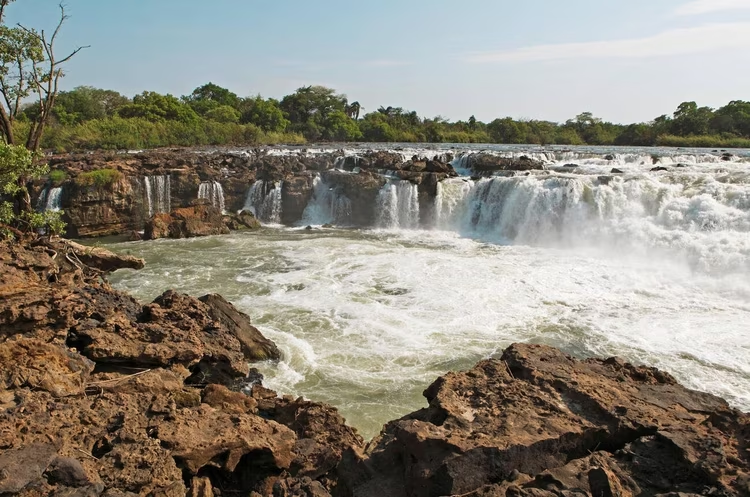
The falls are located in Sioma Ngwezi National Park, a woodland wonderland and the third largest park in the country. Although the falls can be seen from Sioma village, to witness their full magnitude, one must cross the river 2 kilometres downstream by canoe and then head back upstream, but the extra mileage is worth it for the view.
The falls are not the park's only attraction; recovering from heavy poaching, it now boasts numerous species of animals, including elephants, lions, giraffes, leopards, zebras, hippos and a wild variety of birds amongst other animals. And the park is the perfect spot for game drives, scenic nature walks, bird watching excursions and tiger fishing in the Zambezi.
How to Get There
If you’re coming in from Livingstone, the road will carry you straight through to Sesheke and onward to Katima Mulilo. Approaching from Mongu, the tarred stretch brings you as far as Senanga, which also offers a good chance to top up on fuel before pushing further south. Just past Senanga, about 10 kilometres out, you’ll reach the Mangweshi ferry. It has a reputation for being costly and not always dependable, but it remains the only crossing that links travellers to Sioma and eventually Katima Mulilo, along a gravel road that is generally manageable, though it can turn slick after the rains.
The Kuomboka ceremony
Over 200 years old and amongst Zambia's most important traditional ceremonies, the Kuomboka takes place at the rainy season's end, around March or April, with the Barotse Royal Establishment announcing the official date each year. It involves the migration of the Litunga) from his summer home to the higher grounds of Limulanga. But the kuomboka ceremony is not your average move. It’s a spectacle of procession that has to be seen to be believed.
Two white scout canoes are set off first into the water. Their goal is to assess the water levels and scan the area for anything that could jeopardise the monarch's safety. At their signal, the show begins. A large barge striped with black and white, traditionally named the Nalikwanda, carries the king, his chiefs, and a group of paddlers dressed in leopard skin who consider it the highest honour to be chosen to paddle for the chief. His possessions, attendants, and musicians all sit atop the Nalikwanda, which is crowned with an elephant statue, a great symbol to the Lozi people.
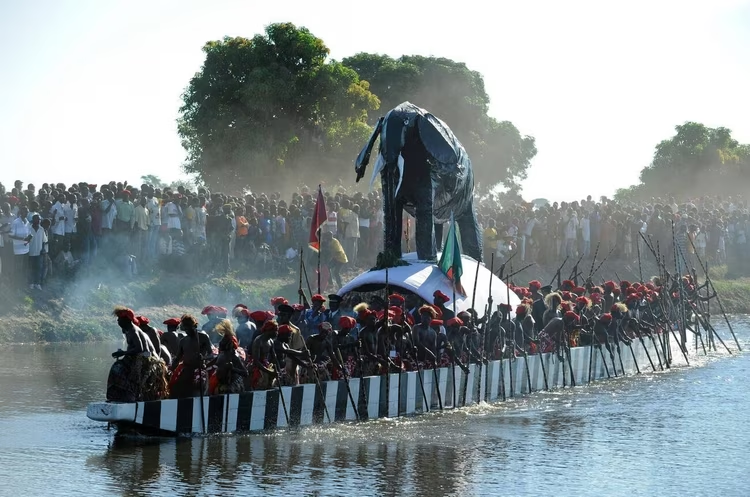
Two more boats follow. One carrying the queen and the other the prime minister. The procession takes the majority of the day, all the while the hypnotic rhythm of the drum, and the chorus of chanting accompanying it create an energy impossible to replicate anywhere else but there, with the paddles splashing water in uniform.
How to get there
To experience the Kuomboka ceremony, one first has to get to Mongu - the options for this are air travel, a bus or a private car. Boats are available at the harbour on the day of the ceremony to take spectators to the starting point, but it's important to arrive early, as the ceremony is extremely popular and spots fill up quickly.
The Wildebeest Migration at Luiwa Plain National Park
The Western Province is also Zambia’s host to the second-largest wildebeest migration on the planet. With Luiwa Plains National Park providing an unparalleled view of the spectacle, unspoilt by crowds.
At the start of the rainy season (between October and December), the first sprinkles of rain transform the dried ground of the plain into a lush grassy pasture and attract 30,000 wildebeest along with other wildlife in search of nutrition and water. Watching thousands upon thousands of wildebeest stretch across the plains makes one witness to one of the world's greatest natural phenomena, just a few hundred kilometres away.
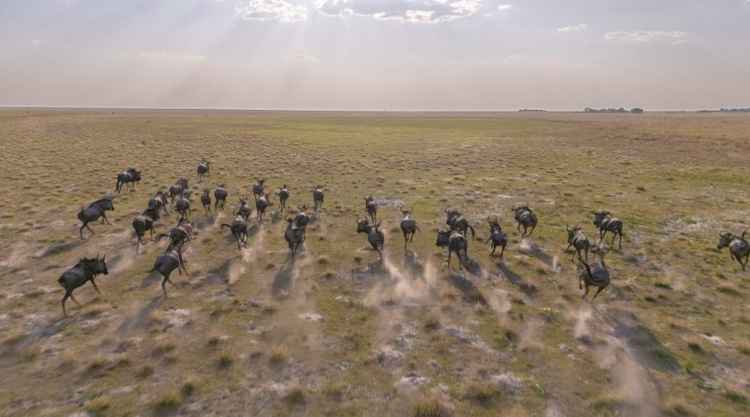
Alongside the migration, Luiwa Plains is also home to many unusual species of antelopes, including oribi, red lechwe, steenbok, as well as predators like hyena, jackals and wildcats and a wide array of birds.
How to Get There
The nearest town to the park is Kalabo, an hour away from the province's capital of Mongu. It is advisable to do any shopping needed and fuel refills here, as there are only small markets after. Kalabo has a tarred road and remains accessible throughout the year regardless of flooding. However, a 4x4 vehicle is essential from this point to access the park. A ferry needs to be used, which only carries 4x4s, and the sandy roads you’ll encounter after the ferry are incredibly difficult to navigate without them.
Where to Stay
Liseli Lodge
Situated in a peaceful suburb of Mongu, Liseli Lodge has modern facilities and ensures comfort at an affordable price with a bar, a stunning setting, a beer garden, free wi-fi and TV and kitchen facilities. Guests will want for nothing while experiencing an authentic Zambian stay.
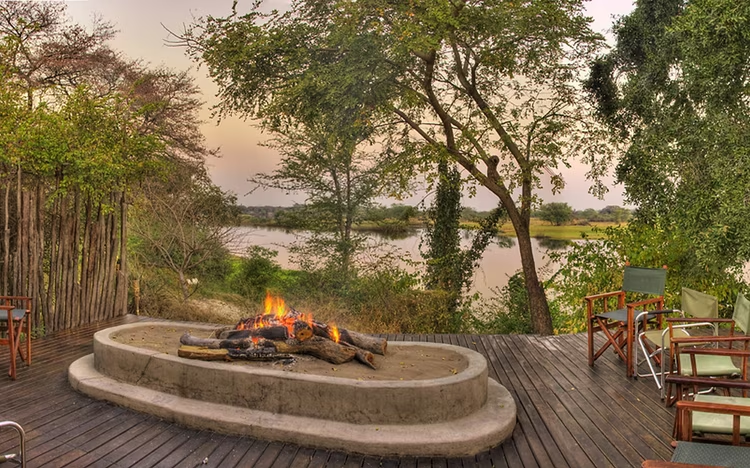
Accommodation options include double rooms, chalets, and a 3-bedroom guest house. The lodge also has the convenient option of self-catering.
Contact: Whatsapp +260 964 409805 or Call +260 97 9366281.
Shackleton's Tiger Fishing Lodge
A fishing enthusiast's dream, Shackleton’s fishing lodge is located in Sioma Ngwezi, right in the middle of “Tiger country”, the prime spot for catching tiger fish. The lodge is Zambia’s premier venue for trophy tigerfish, bream and catfish and caters for fly fishing, spin, and lure anglers at any stage of expertise.
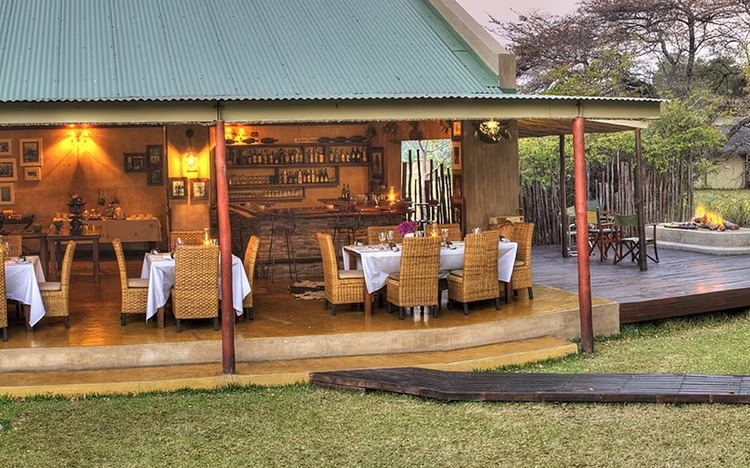
On top of its main activity, Shackletons also makes for a luxurious stay, consisting of en-suite chalets that house 12 with private teak decks that overlook the Zambezi. The lodge also boasts a sundowner deck, the Van Togo Bar, a lounge, a library, an open deck area, as well as a swimming pool and fire pit.
Contact: +27 83 251 7257
Time + Tide King Lewanika Lodge
On the upper end of luxury exists King Lewanika Lodge in Luiwa Plain National Park. The park provides an exclusive, luxurious setting that still immerses guests in nature. Including two-bedroom, two-bathroom spacious safari tents made from sustainable materials and using local techniques. King Lewanika Lodge manages to take the natural paradise of Luiwa Plains a notch higher.
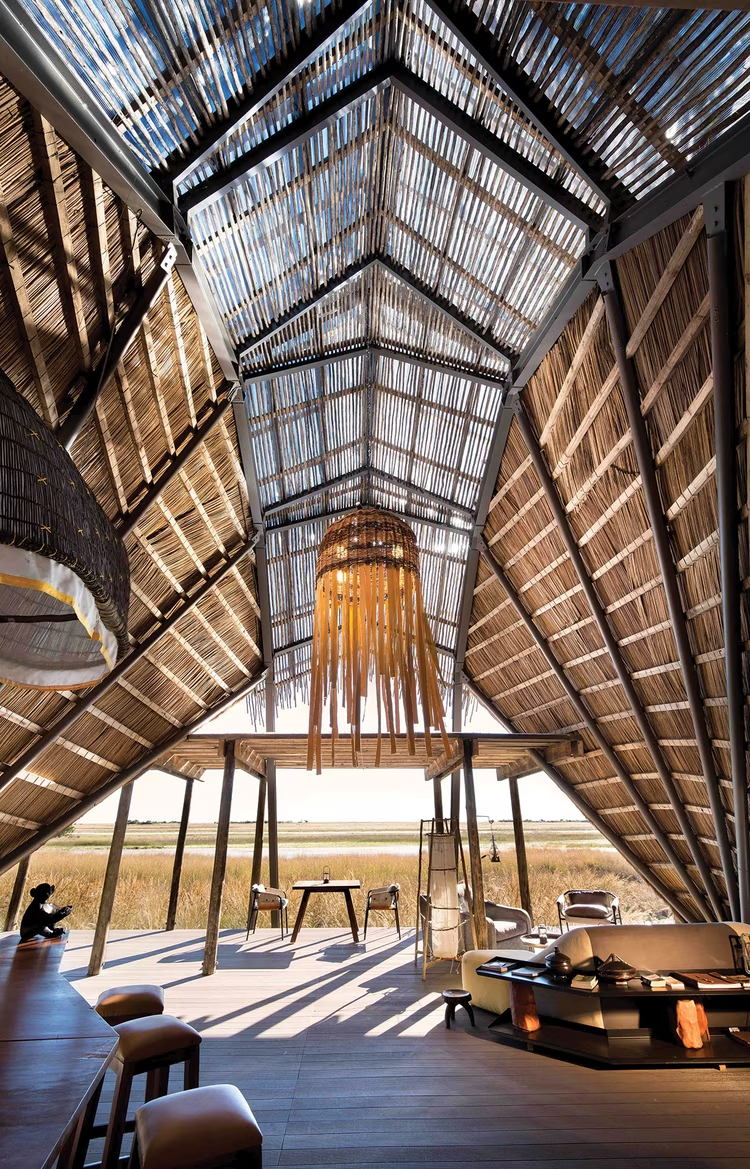
Contact: +27 606424004.
